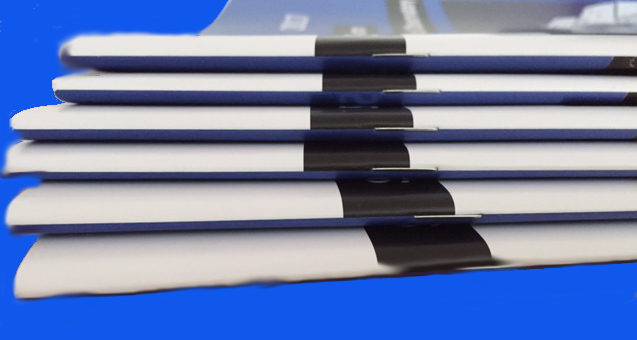
Scavenging Efficiency of ‘Aerosol Carbon’ and Sulfate in Supercooled Clouds at Mt. Sonnblick (3106 m a.s.l., Austria)
Type:
Journal- or magazine-article
Author:
Kasper-Giebl, A. and Koch, A. and Hitzenberger, R. and Puxbaum, H.
Journal:
Journal of Atmospheric Chemistry
Year:
2000
Issn:
0167-7764
Pages:
33--46
Volume:
35
Publisher:
Kluwer Academic Publishers
Abstract:
Cloud water and interstitial aerosol samples collected at Mt. Sonnblick (SBO) were analyzed for sulfate and ‘aerosol carbon’ to calculate in-cloud scavenging efficiencies. Scavenging efficiencies for sulfate (ε SO ) ranged from 0.52 to 0.99 with an average of 0.80. ‘Aerosol carbon’ was scavenged less efficiently with an average value (ε AC ) of 0.45 and minimum and maximum values of 0.14 and 0.81, respectively. Both ε SO and ε AC showed a marked, but slightly different, dependence on the liquid water content (LWC) of the cloud. At low LWC, ε SO increased with rising LWC until it reached a relatively constant value of 0.83 above an LWC of ≈ 0.3 g/m 3 . In the case of ‘aerosol carbon’, we obtained a more gradual increase of ε AC up to an LWC of ≈ 0.5 g/m 3 . At higher LWCs, ε _ remained relatively constant at 0.60. As the differences between ε SO and ε A varied across the LWC range observed at SBO, we assume that part of the ‘aerosol carbon’ was incorporated into the cloud droplets independently from sulfate. This hypothesis is supported by size classified aerosol measurements. The differences in the size distributions of sulfate and total carbon point to a partially external mixture. Thus, the different chemical nature and the differences in the size and mixing state of the aerosol particles are the most likely candidates for the differences in the scavenging behavior.
Number:
1
Language:
eng
Address:
Dordrecht
Keywords:
scavenging efficiency ; total carbon ; aerosol carbon ; sulfate ; liquid water content ; cloud water